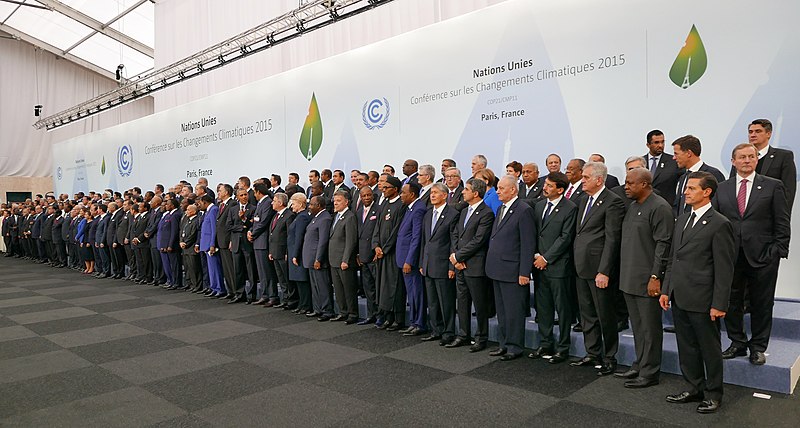
Scientists are predicting that our warming planet is on track to surpass a crucial temperature limit for the first time in the next few years.
According to researchers, there is now a 66% probability that we will surpass the 1.5C global warming threshold between now and 2027.
This increased likelihood is attributed to human-induced emissions and the potential occurrence of an El Niño weather pattern later this year.
Should the world exceed this limit, scientists emphasize that while concerning, the breach is expected to be temporary.
Reaching this threshold would signify that the world is 1.5C warmer than it was in the latter half of the 19th Century, before industrialization accelerated fossil fuel emissions.
Even surpassing the limit for just one year is a troubling indicator that global warming is intensifying rather than abating.
The 1.5C target has become a symbol in international climate change negotiations, with countries committing to "pursue efforts" to limit global temperature increases under the 2015 Paris Agreement.
If the limit is exceeded consistently for a decade or longer, the consequences of warming would be far more severe, including prolonged heatwaves, more intense storms, and increased wildfire activity.
However, surpassing the threshold in the coming years does not necessarily mean that the Paris Agreement target has been breached. Scientists assert that there is still time to mitigate global warming by significantly reducing emissions.
Since 2020, the World Meteorological Organization has been providing estimates on the likelihood of surpassing the 1.5C threshold within a given year.
Initial predictions indicated less than a 20% chance in the following five years. However, this probability rose to 50% last year and has now escalated to 66%, leading scientists to conclude that it is "more likely than not."
What does surpassing 1.5C entail?
The 1.5C figure is not a direct measurement of global temperature but serves as an indicator of how much the Earth has warmed or cooled compared to the long-term global average.
Scientists utilize average temperature data from the period between 1850 and 1900 as a baseline for gauging the world's temperature before the widespread use of coal, oil, and gas.
For many years, it was believed that a 2C increase would mark the threshold for dangerous impacts. However, in 2018, this estimate was significantly revised, underscoring the catastrophic consequences of surpassing 1.5C for the world. Photo by Conferencia de la ONU sobre Cambio Climático COP21, Wikimedia commons.








































